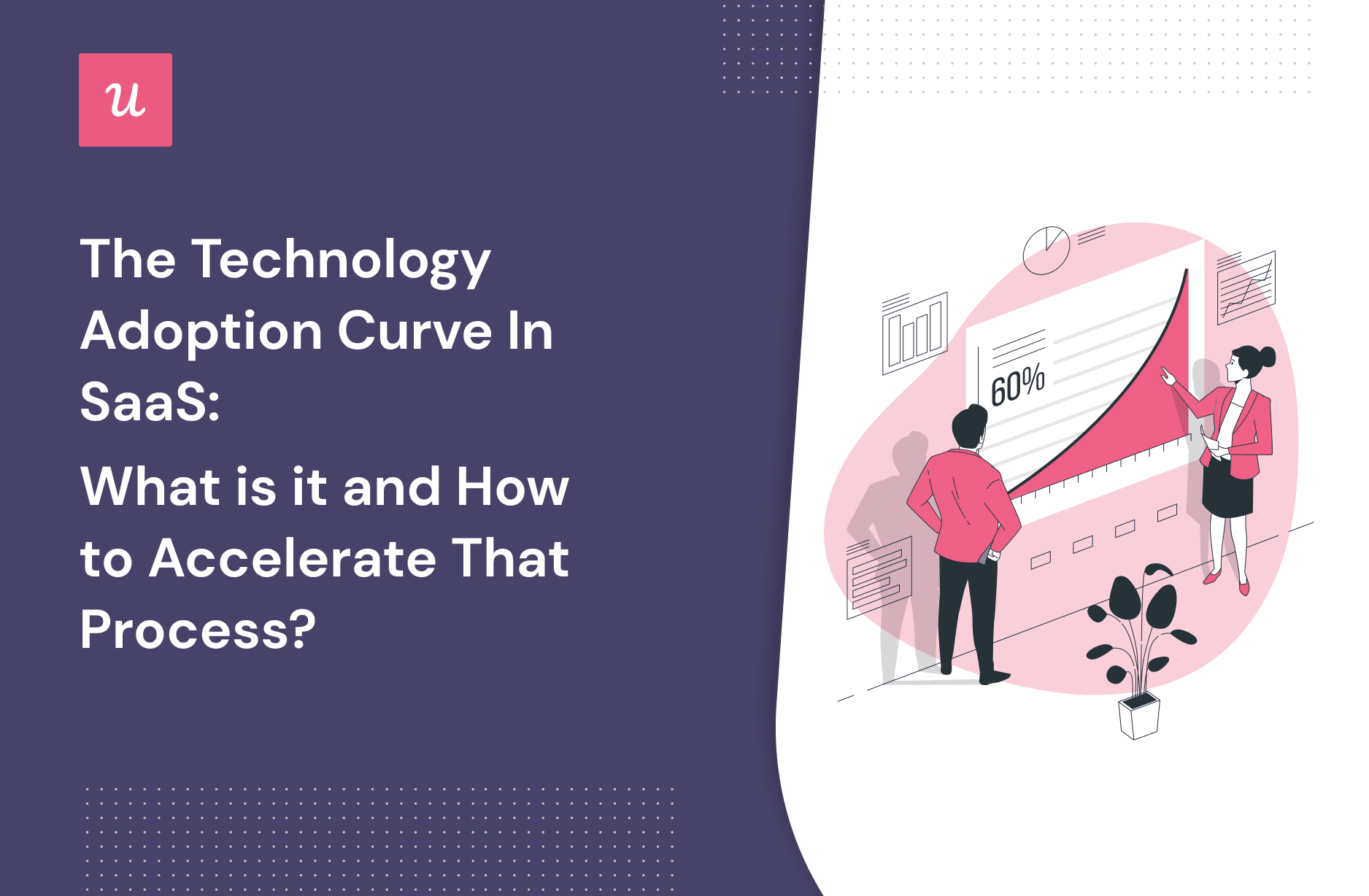
The Technology Adoption Curve in SaaS: What is It and How to Accelerate That Process?
Try Userpilot Now
See Why 1,000+ Teams Choose Userpilot

What is the technology adoption curve?
The technology adoption curve is a visual representation of the breakdown of the user population based on how ready and willing they are to adopt new technologies.
The origins of the model go back to the 1962 book Diffusion Of Innovations by Everett Rogers. In the book, he divided customers into 5 groups depending on their consumer behavior.
The five different groups have become known as Innovators, Early Adopters, Early Majority, Late Majority, and Laggards.
The concept was further explored by Geoffrey Moore in his book Crossing the Chasm where he focused on how to best target each of the five groups.

Why is technology adoption important for a business?
Product adoption is the foundation of your business’s success. It helps you drive revenue and increase user retention. The latter means lower marketing costs and higher profit margins.
Your SaaS product may be amazing, but if your customers don’t experience its value, they won’t be ready to pay subscription fees, which you need to fund its further development.
That’s why it’s essential to help your users discover the value of your product and get proficient enough at using it to realize that value whenever they face the problem your product solves.
Once your customers adopt, you are also more likely to convince them to upgrade to premium plans or try your other products.
What are the stages of a technology adoption curve
There are 6 stages of the technology adoption cycle:
- Awareness
- Interest
- Evaluation
- Trial
- Activation
- Adoption
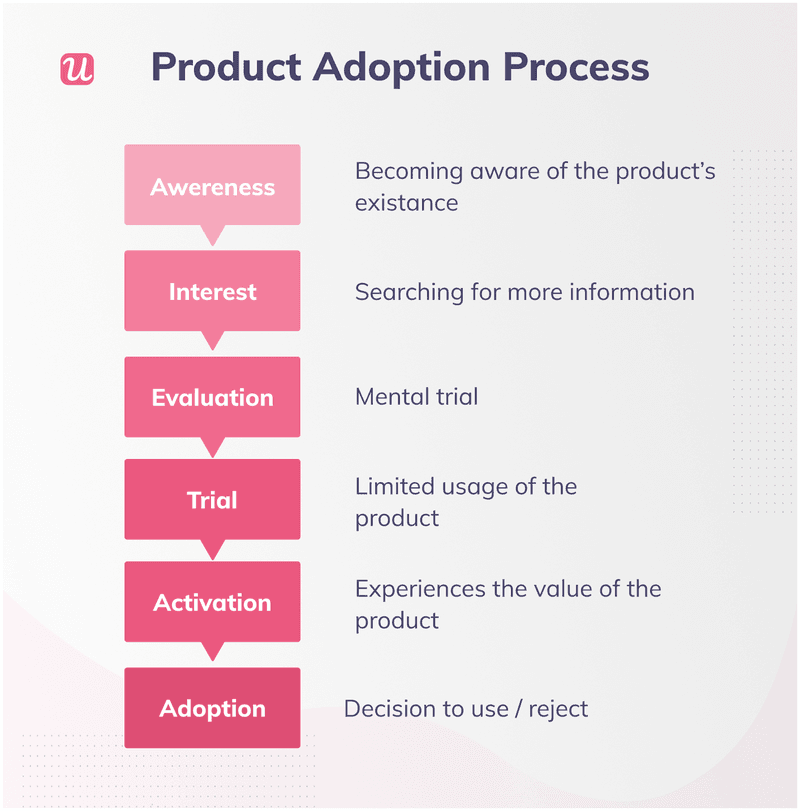
Technology adoption lifecycle stage 1: Awareness
At this stage, the customer learns about the product.
Your marketing team needs to bring the product to the attention of the potential user as a solution to their problem and show them how it’s different from the competitors.
Often the challenge is that customer is not even aware of the problem they have or don’t know how to describe it.
Technology adoption lifecycle stage 2: Interest
Once you make the user aware of your product, you need to stimulate their Interest.
What it takes to transition to this stage depends on the product adoption group they are from and their intended use cases. Some user cohorts will need more information and time than others.
Technology adoption lifecycle stage 3: Evaluation
At the product evaluation stage, the customer starts considering the product as a viable option. That’s when they start looking at the details of the product and how it stacks against the competition.
To help your customer move through this stage, your task is to highlight the best features and use cases and where your product excels over your rivals. Moreover, make sure you make the process of product testing smooth!
Technology adoption lifecycle stage 4: Trial
This is when the customer decides to test your product.
What do they look for?
It may be how well it integrates with the tools they’re already using and what the switching costs could be or how easy it is to use. The key question they are asking now though is if the product delivers the value they are after.
To help them figure this out, you may offer a free trial or a product demo. Whichever you choose, remember to make it relevant to their use case.
Bonus stage: Product Activation stage
The aim of this stage is to make the customer experience the value of the product first-hand. This is essential for them to make any long-term commitment to your product.
Well-designed user onboarding, with customized checklists, interactive walkthroughs and segment-specific in-app guidance can do wonders here.
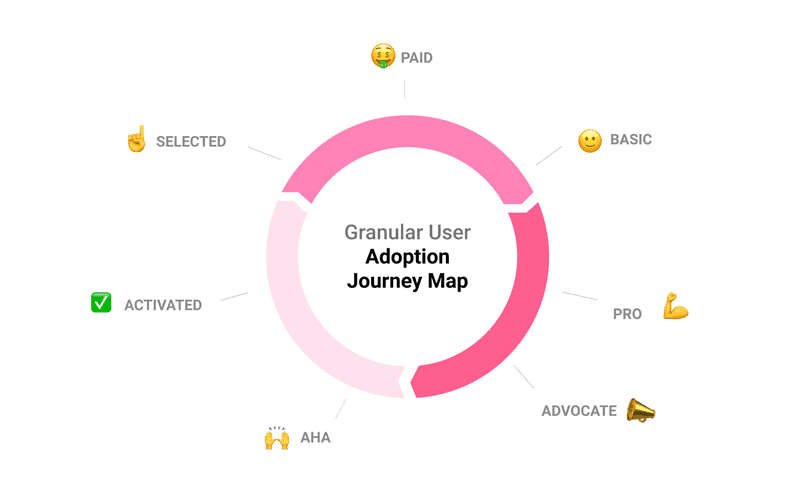
Technology adoption curve final stage: Adoption
Experiencing value once is not enough. The customer needs to know that they will get it regularly to justify buying your product.
How do you know that a customer has adopted? In SaaS, subscribing to the paid version or renewing the current subscription are the best indicators.
What are the five categories of adopters?
Depending on how quickly customers adopt new products or features, you can divide them into five main categories:
- Innovators
- Early Adopters
- Early Majority
- Late Majority
- Laggards
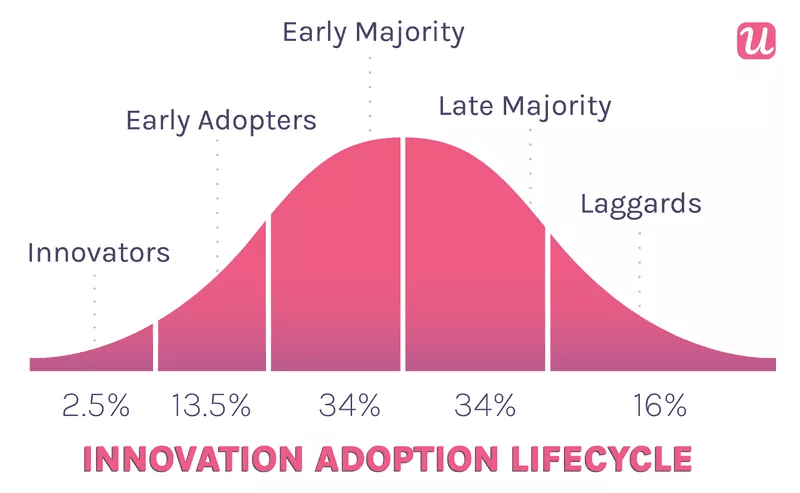
Innovators
In many ways, innovators are the best user group. These are all the enthusiasts and geeks out there whose lives revolve around technology.
For that reason, innovators can be great beta testers. Just give them access to your product and watch them take it through its paces, then use the feedback to improve your product.
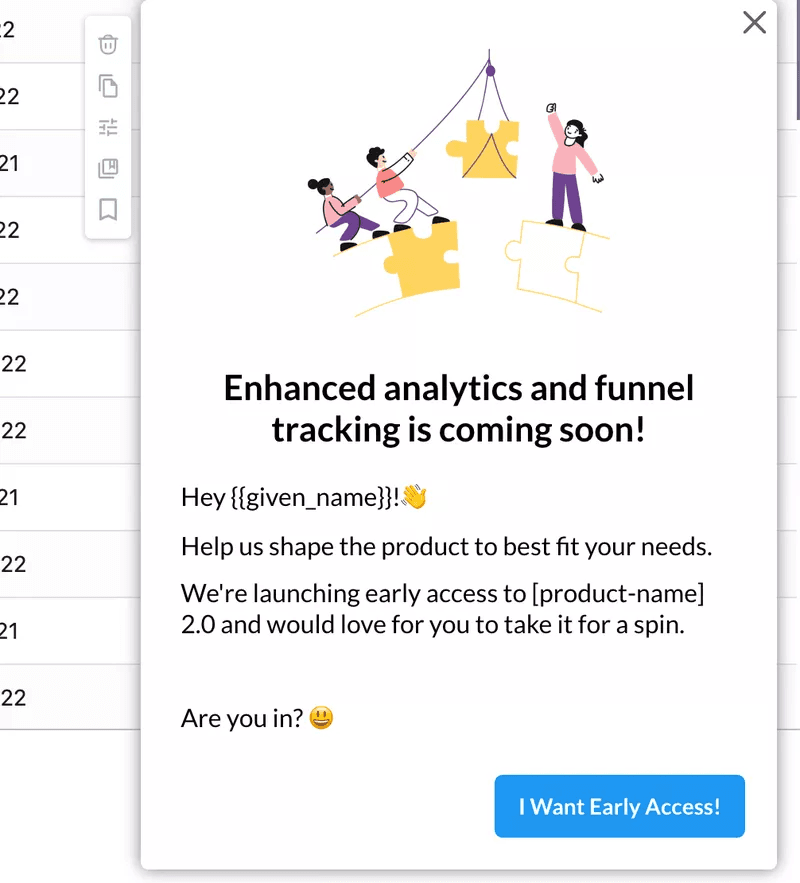
That’s why innovators are a valuable user cohort so it’s a shame that it’s such a small segment. They amount to about 2.5% of users.
The buzz of discovering a new product is usually enough of a reward to the innovators, so you don’t really need to do much to bring them on board.
When launching a new feature, a simple in-app slideout may be enough to attract their attention.
As they usually don’t want to pay for the product, giving them access to all the features for a limited time is one way to achieve that.
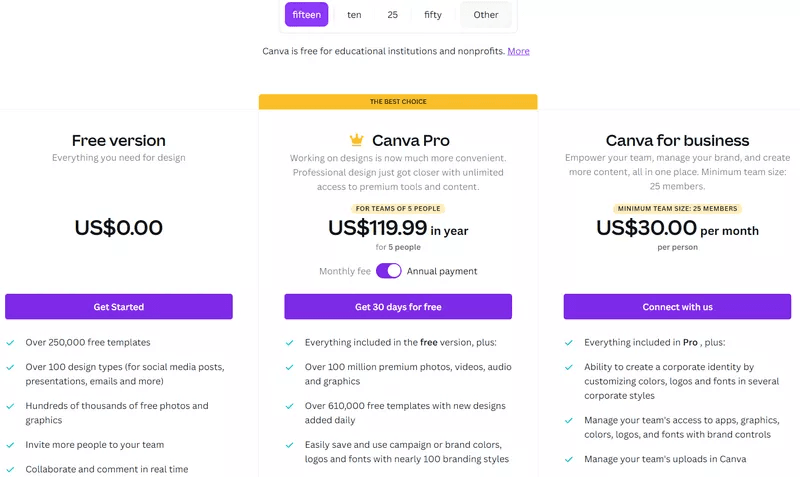
Early Adopters
Early Adopters share lots of the early market characteristics of Innovators.
They may be a little bit less driven and aggressive in their pursuit of new technology, but they are still very tech-savvy and really keen to experiment. As a result, they will be happy to try out your new analytics software or project management tool just for fun.
For that reason, they are a great source of feedback to inform future development. Moreover, early adopters are a valuable segment because they are often in a position to spread the word about your product and promote it to other groups.
However, they’ll probably take their time to get to know your product properly before they do so. This is because they care more about their reputation than innovators.
About 13.5% of the user population are early adopters.

Early Majority
The early majority adopt new products sooner than the average user but before they do they need to make sure that the product works.
They expect new products to help them perform their current tasks better – more quickly, easily, or at a lower cost. The last thing they want is to switch to a subpar product that could cause disruption.
To find reliable products, they go through the reviews, trial the products, and look for real-life user stories to verify the claims made by the business.
The early majority constitute about 34% of all users, so it’s an important segment to target.
To win them over, use data to illustrate the value that your product can deliver, give them an easy way to trial your product, provide all the information they need to explore it independently and remove any unnecessary friction from your product.
Late Majority
The late majority are similar to the early majority in that they need evidence that the product works to adopt it.
However, they are much more risk-averse, so the evidence needs to be way more substantial. That kind of data needs time to accumulate, so the late majority wait much longer with their decisions.
34% of users fall into this category, so you can’t afford to ignore this group.
The best way to convince them of your product is to show it in action. Instead of making generic claims, show them how you can save them time and money, improve their efficiency or streamline their processes.
A product demo could be a great way to do that, but remember to make it relevant to their use cases as much as possible.
Laggards
Laggards come at the end of the technology adoption curve. Unlike innovators or early adopters, they’re not great with tech in the first place. Consequently, they are cautious about new solutions and not great at coping with the uncertainty they bring.
Just like the previous two groups, they need lots of evidence that they can benefit from your product. Reviews and testimonials can prove really helpful.
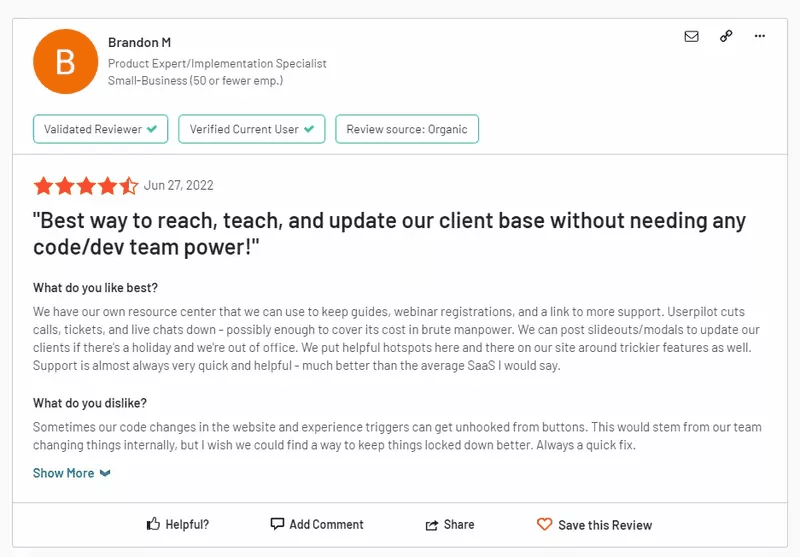
Converting this group is a long process so you will have to be really patient and invest in direct support. That’s why real-time demos and webinars will be more effective than self-service or pre-recorded tutorials.
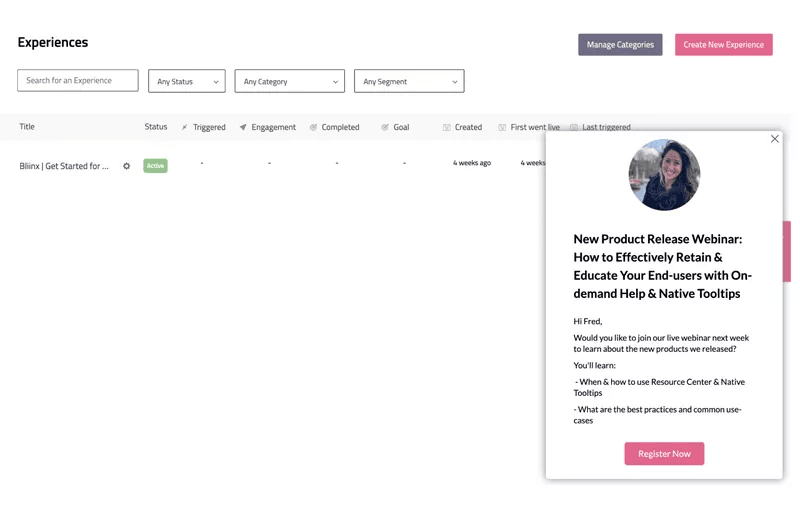
How do you measure technology adoption?
To measure technology adoption, we use Product Adoption Rate.
To calculate it, divide the number of New Active Users by the number of Sign-ups, and multiply it by 100.
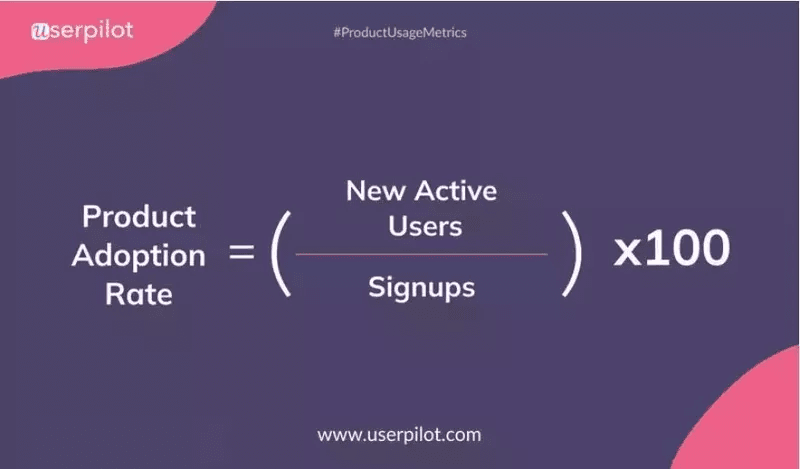
Main metrics to track across the technology adoption curve
Apart from Product Adoption Rate, you should look at a few more metrics:
- Time To Value (TTV): the time the user needs to reach the “Aha! moment.” At this point, they start experiencing the product value.
- Product Qualified Leads (PQLs): the users that are ready to buy your product, so they are as close to adopting your product as possible.
- Activation Rate: the percentage of new users who have reached all the activation points. You need to calculate it separately for each user persona for the data to be meaningful.
- Customer Engagement Score: a metric based on user behavior within the product. The more certain actions and behaviors a customer performs, like completing a task, the higher the score. If you want to use it, you need to customize it for the unique characteristics of your product, so this is the most complex of all the metrics here.
How to improve product adoption for your SaaS throughout the Technology Adoption Lifecycle
Let’s look into how to guide your user through the technology adoption process.
Personalize the onboarding flow based on each user’s needs
Start by creating bespoke onboarding flows for each user group.
As we’ve already discussed, users belong to different adopter categories and adopt new technologies in their unique ways. Innovators and Early Adopters may need very little prompting to discover the product value, while Late Majority users and Laggards will need more thorough guidance.
What’s more, different users may use the product to achieve different things. Good user onboarding helps them achieve these things as quickly as possible without distracting them with irrelevant features.
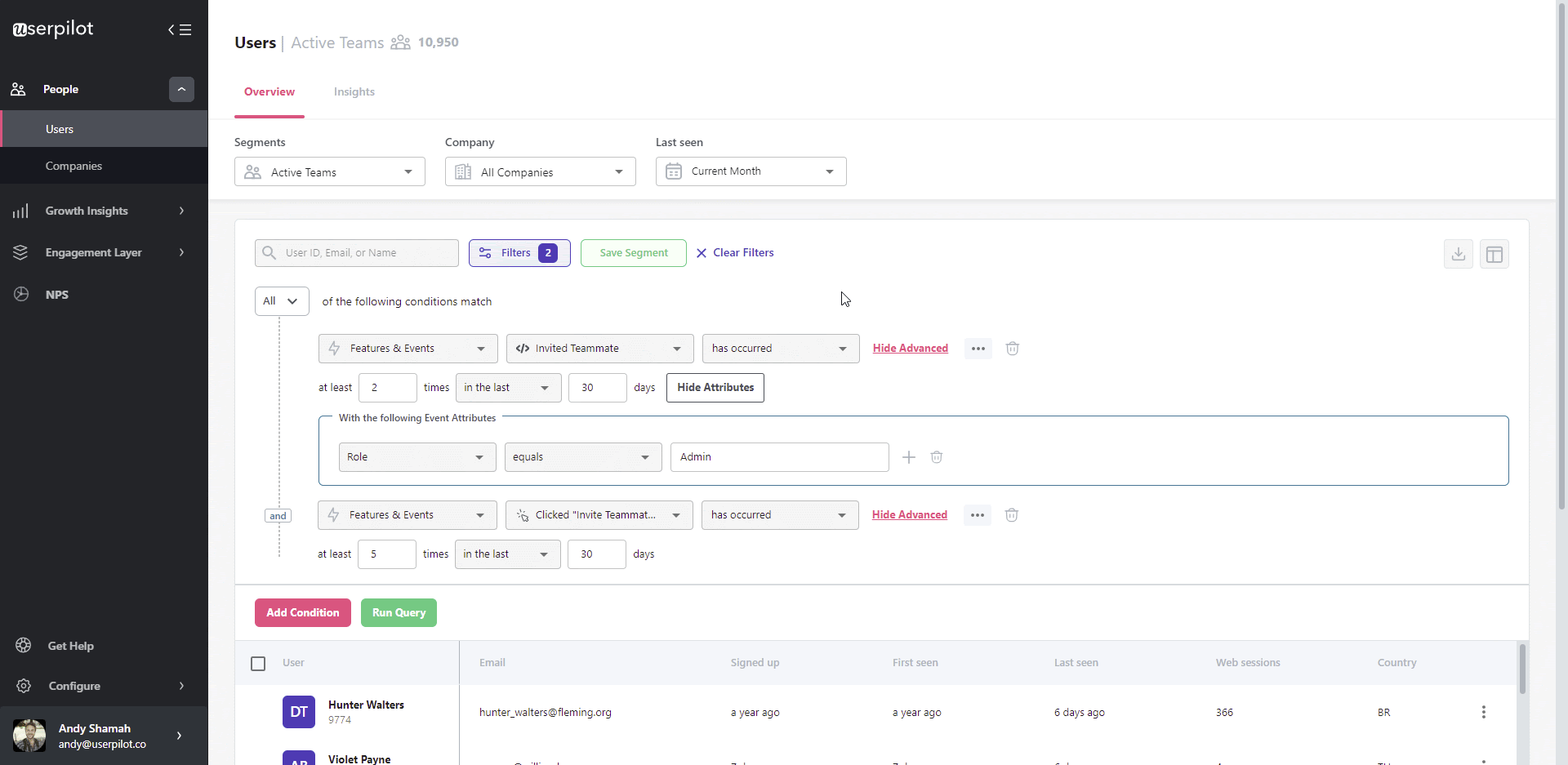
Fill empty states with meaningful content to reduce the time to value
Empty state is the blank page we see when we first sign into a new platform and they have no data to play with.
Empty states are considered a bad UX/UI practice because they do nothing to enhance product experience and are boring.
However, you can use them to introduce your product functionality and showcase it in action, just like Slack does.
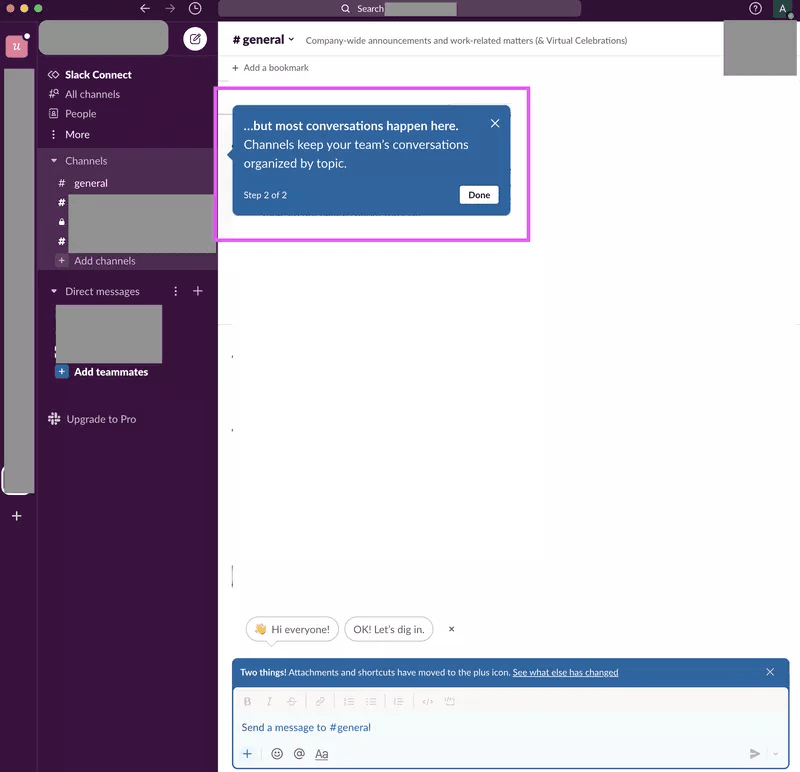
Such guidance helps the user get started with the product and consequently reduces the time to value.
Use checklists to drive users to activation points and engage with key features
Checklists are the quickest and most direct way to activate users.
A good checklist takes the user from one action to another so that they experience value as quickly as possible and start engaging with the key features.
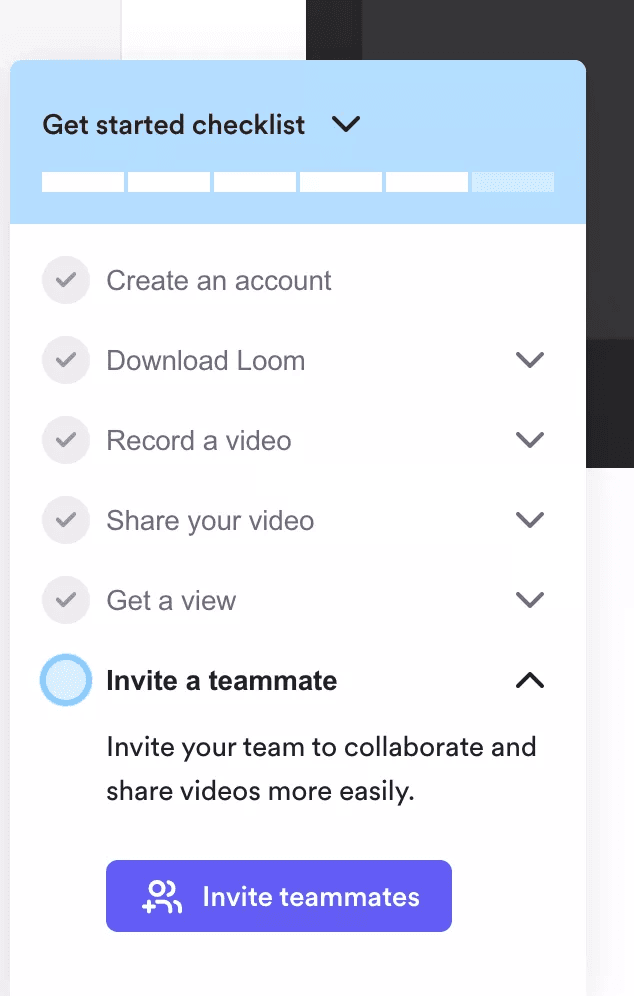
Shorten the learning curve with interactive walkthroughs
Interactive walkthroughs are another excellent way to drive product adoption.
Use them to show different user segments how to complete their jobs step by step. This removes the friction and shortens the learning path.
As our brains process visual information way faster than text, interactive visuals help users learn faster.
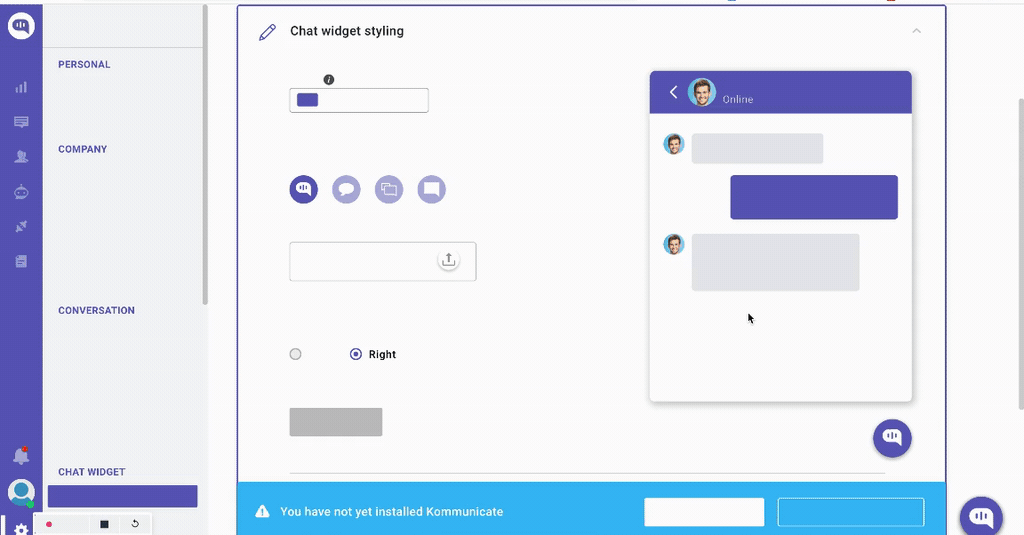
Offer ongoing product education and self-service with an in-app resource center
Product education and self-service are essential to driving SaaS product adoption, especially among the more independent and tech-savvy users.
They allow them to access the relevant information whenever and wherever they need, without having to rely on customer support. This removes friction and helps them reach the activation points faster.
To accommodate different users’ needs, make sure your user center includes different formats of resources. Some users may prefer documentation articles and case studies while others will benefit more from micro-video tutorials.
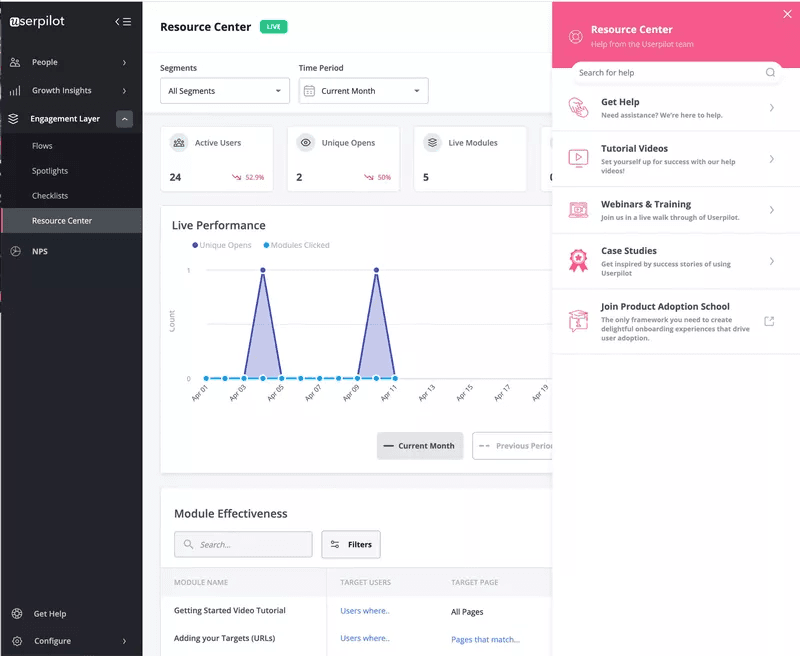
Analyze product usage and remove friction where needed
Watching how your users engage with the product and progress through the product adoption process can be very insightful.
With tools like Userpilot, you can set and track goals.
This helps you watch the progress users make through the funnel and isolate drop-off points. With such data, you can identify the potential causes and remove the friction that stops users from reaching activation points.
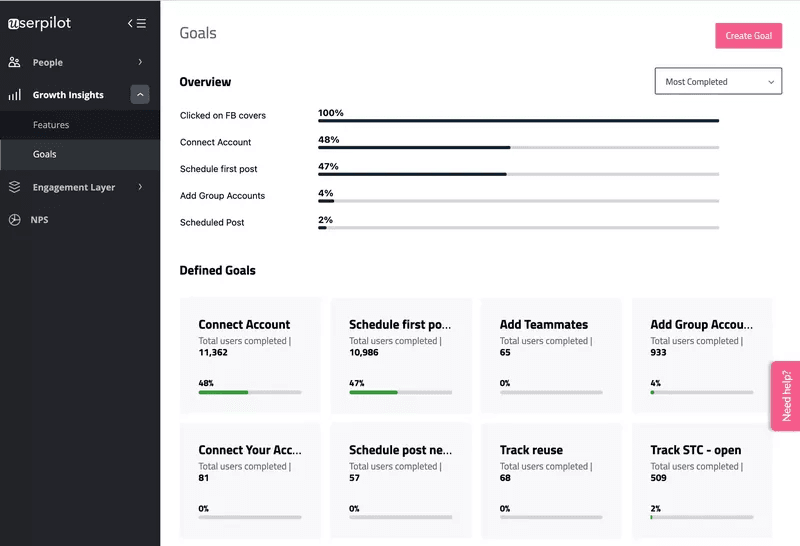
Best tools for driving digital adoption
Let’s check out a couple of great tools for increasing product adoption.
Userpilot
Userpilot is a product growth platform that you can use for in-app communication with users to drive product and feature adoption without writing a single line of code.
It offers a wide range of UI patterns such as modals, tooltips, or checklists. You can use them to build fully customized in-app experiences to highlight the key features of the product, guide users through the activation process and remove friction.

With Userpilot’s native mobile SDK, you can create targeted onboarding flows using slideouts, carousels, and push notifications without writing extra code.
Moreover, with Userpilot you can test your strategy with A/B tests to see which elements lead to higher adoption rates.
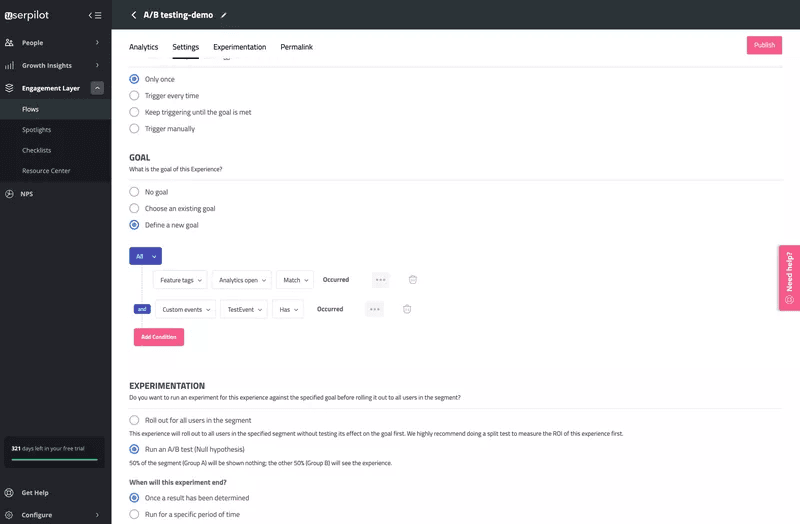
Finally, Userpilot supports feature tagging and offers great analytics to help you track how users engage with specific features.
Knowing which features get adopted most by a specific group can help identify the most effective user onboarding practices. You can then tweak your onboarding flows to improve the adoption of other relevant features.
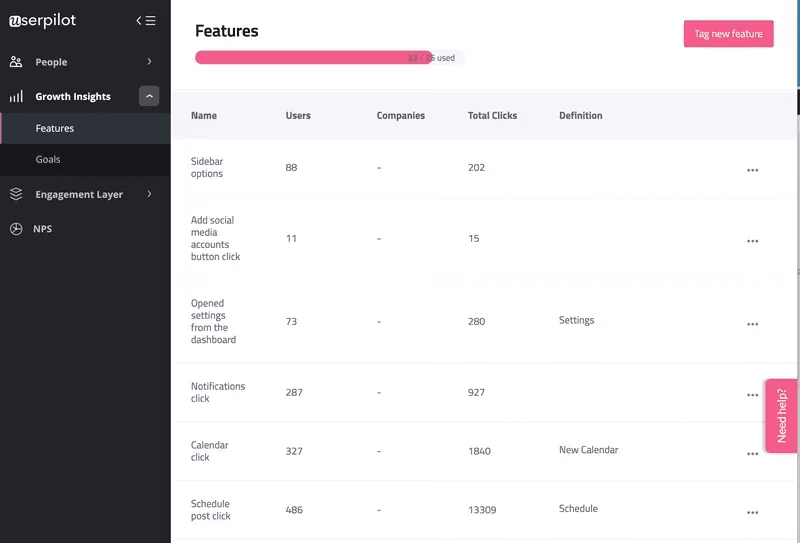
Mixpanel
Mixpanel is a usage analytics tool.
It allows product teams to analyze how users interact with the product at different stages of their journey and identify the points where they get stuck.
Once they know that, they can work to improve both the product and the onboarding flows to remove friction and drive adoption.

Conclusion
The technology adoption curve illustrates how different people react to, adopt, and accept new innovative products and technologies.
If you would like to see how Userpilot can help boost the adoption of your product, book the demo!







